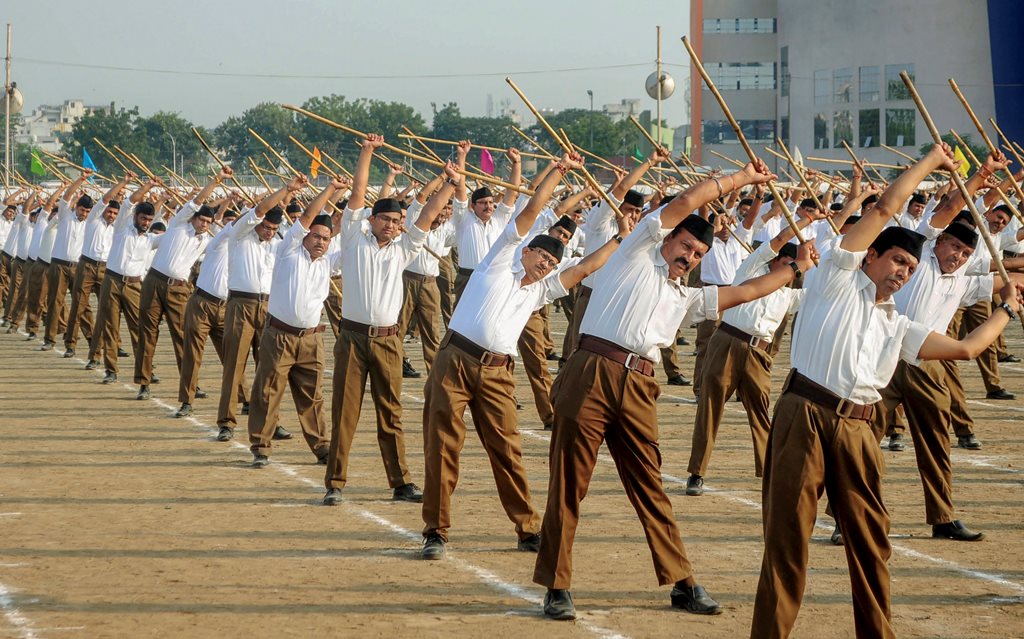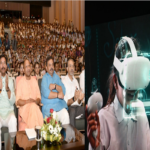New Delhi. The irony of India is that anti-national activities spread very fast here. Be it events, movements, films of Urduwood (Bollywood), or books of leftists. Become famous overnight. The current example of this can be seen in the episode of the film Brahmastra, a stigma in the name of Urduwood’s just released ‘Brahmastra’. The trend of boycott of this film on social media went very fast and furious and this film also flopped, but we saw many such videos in which people went to watch the film and after watching the film kept criticizing the film. This means that even in protest, we will watch the film by investing money, whatever it may be. As a result, the film which was supposed to flop without earning, must have earned some money and that money belonged to the people of this country. The result of this was that the media published about promotional tools like reverse marketing.
What happens to the books of authors who see India from India’s point of view? There are many examples of this. First of all, the saddest aspect is the lack of publicity. And let’s say, even if there is publicity, how many people buy and then read, it can be a bit messy to write something on this. I have seen many people asking for free pdf and asking for book gift from the author itself. There is another irony of this country, which we can call ‘lack of collective discipline’. Long books can be written on the damage that has been done or caused due to lack of collective discipline. Rashtriya Swayamsevak Sangh was founded by Dr. Keshav Baliram Hedgewar in the year 1925 to remove the problem of ‘lack of collective discipline’ and to make India the head of the world with the upliftment of Hindu culture and Hindu values.
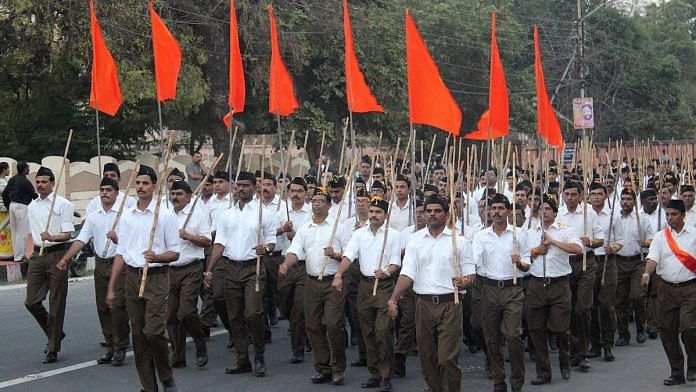
For a long time, the literature related to the Sangh was not known to the common man. Perhaps the union is suffering the consequences of which till date. Till today the volunteers of the Sangh have to tell about the contribution of the Sangh in the freedom struggle. Whereas this thing should have been known to the children of the country during the lifetime of the Sangh i.e. in the last 96 years. So! Come late. Now the volunteers of the Sangh are vigorously engaged in the process of literary creation. And working to enlighten the critics and opponents of the Sangh on every platform and front. In this process of literary creation, a book has come from Prabhat Prakashan, the name of the book is ‘Rashtriya Swayamsevak Sangh: What, Why, How?’ The author is Mr. Vijay Kumar who has a very strong and long association with writing and editing. An attempt has been made to write this review for the promotion of this book.
The introduction of this book with five chapters and 184 pages was given by the well-known author and Rajya Sabha MP Prof. Written by Rakesh Sinha. A four-page introduction is enough to prompt the reader to finish reading this book in one go. In the introduction of the book, the author writes that “Sangh cannot be understood from books, yet this book will be helpful in giving some elementary information about the Sangh to the seekers. It is less about theory and more about practice. The entire book embodies this line. I found this book to be an attempt to fill the ocean, but it is an excellent effort. The first chapter of the book, ‘Sangh Parichay’, makes the reader unaware of the Sangh very easily see the external nature of the Rashtriya Swayamsevak Sangh. This chapter also gives accurate information about the true external nature of the organization to the workers of the Sangh. If a reader who is unaware of Sangh reads only this chapter, then I think he will get theoretical knowledge about Sangh.
The anti-Sanghs keep asking every day that what contribution has the Sangh made for the country? The next three chapters in this book give a direct and authentic answer to this question, in which in the second chapter ‘Role of the Sangh in the National Crisis’ the author has given a more or less detailed description of 31 such periods and events, which when the reader comes to him, he will automatically It will be known that how hollow the said question of the anti-Sangha is. The third chapter of the book gives a brief account of the crises the Sangh has faced in its journey of life and emerged victorious immaculately. In this chapter there is a part ‘Some Odd Questions’ which really makes this book very interesting. In this part fifteen such strange questions are answered which are blamed on the Sangh, such as the Sangh is dominated by the people of Maharashtra, only Brahmins occupy high positions in the Sangh, the Sangh is anti-women, the Sangh is a fascist organization. is etc. An attempt has been made to answer these questions in very simple language and with authenticity.
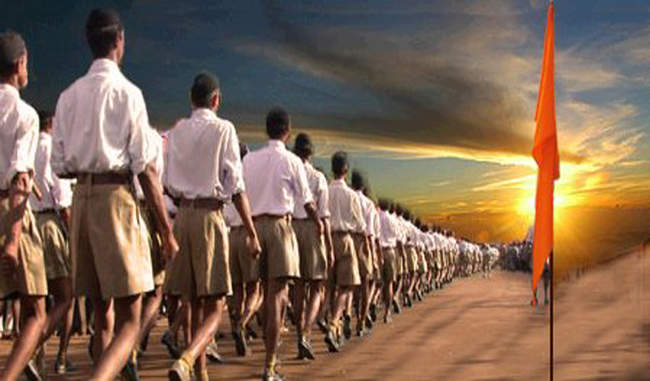
The fifth chapter of the book tells the reader about the thought and practice of the Sangh, in this chapter the topic ‘Sangh and Dalit’ is also highlighted. The last chapter of the book is very interesting which will tell you what is ‘Sangh Parivar’ really? Generally people think of Sangh and BJP along with 2-3 organizations like Vishwa Hindu Parishad as Sangh Parivar. But this chapter will tell you about 38 such nationwide organizations which volunteers are running independently in the service of the country with the inspiration of the Sangh. Overall, this book gives a reader accurate information about the Sangh and compels the anti-Sangh opponents to think by answering their allegations. This book is worthwhile to know theoretically about the Rashtriya Swayamsevak Sangh, an organization working on the goal of making the country the head of the world by inculcating a sense of collective discipline among the citizens of the country. It is less about theory and more about practice. The entire book embodies this line. I found this book to be an attempt to fill the ocean, but it is an excellent effort.
The first chapter of the book, ‘Sangh Parichay’, makes the reader unaware of the Sangh very easily see the external nature of the Rashtriya Swayamsevak Sangh. This chapter also gives accurate information about the true external nature of the organization to the workers of the Sangh. If a reader who is unaware of the Sangh reads only this chapter, then I think that he will get the theoretical knowledge about the Sangh. The anti-Sanghs keep asking every day that what contribution has the Sangh made for the country? The next three chapters in this book give a direct and authentic answer to this question, in which in the second chapter ‘Role of the Sangh in the National Crisis’ the author has given a more or less detailed description of 31 such periods and events, which when the reader comes to him, he will automatically It will be known that how hollow the said question of the anti-Sangha is. The third chapter of the book gives a brief account of the crises the Sangh has faced in its journey of life and emerged victorious immaculately.
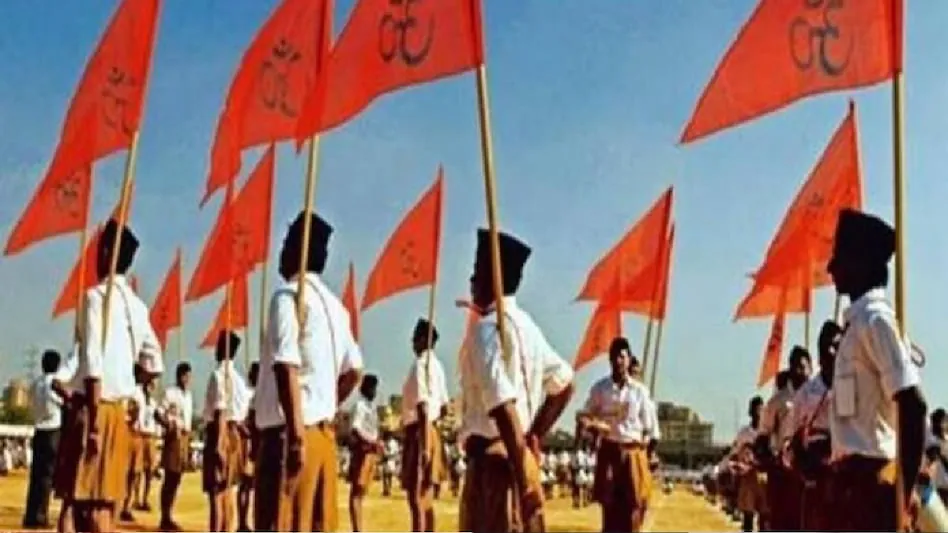
In this chapter there is a part ‘Some Odd Questions’ which really makes this book very interesting. In this part fifteen such strange questions are answered which are blamed on the Sangh, such as the Sangh is dominated by the people of Maharashtra, only Brahmins occupy high positions in the Sangh, the Sangh is anti-women, the Sangh is a fascist organization. is etc. An attempt has been made to answer these questions in very simple language and with authenticity. The fifth chapter of the book tells the reader about the thought and practice of the Sangh, in this chapter the topic ‘Sangh and Dalit’ is also highlighted. The last chapter of the book is very interesting which will tell you what is ‘Sangh Parivar’ really? Generally people think of Sangh and BJP along with 2-3 organizations like Vishwa Hindu Parishad as Sangh Parivar. But this chapter will tell you about 38 such nationwide organizations which volunteers are running independently in the service of the country with the inspiration of the Sangh. Overall, this book gives a reader accurate information about the Sangh and compels the anti-Sangh opponents to think by answering their allegations. This book is worthwhile to know theoretically about the Rashtriya Swayamsevak Sangh, an organization working on the goal of making the country the head of the world by inculcating a sense of collective discipline among the citizens of the country.
